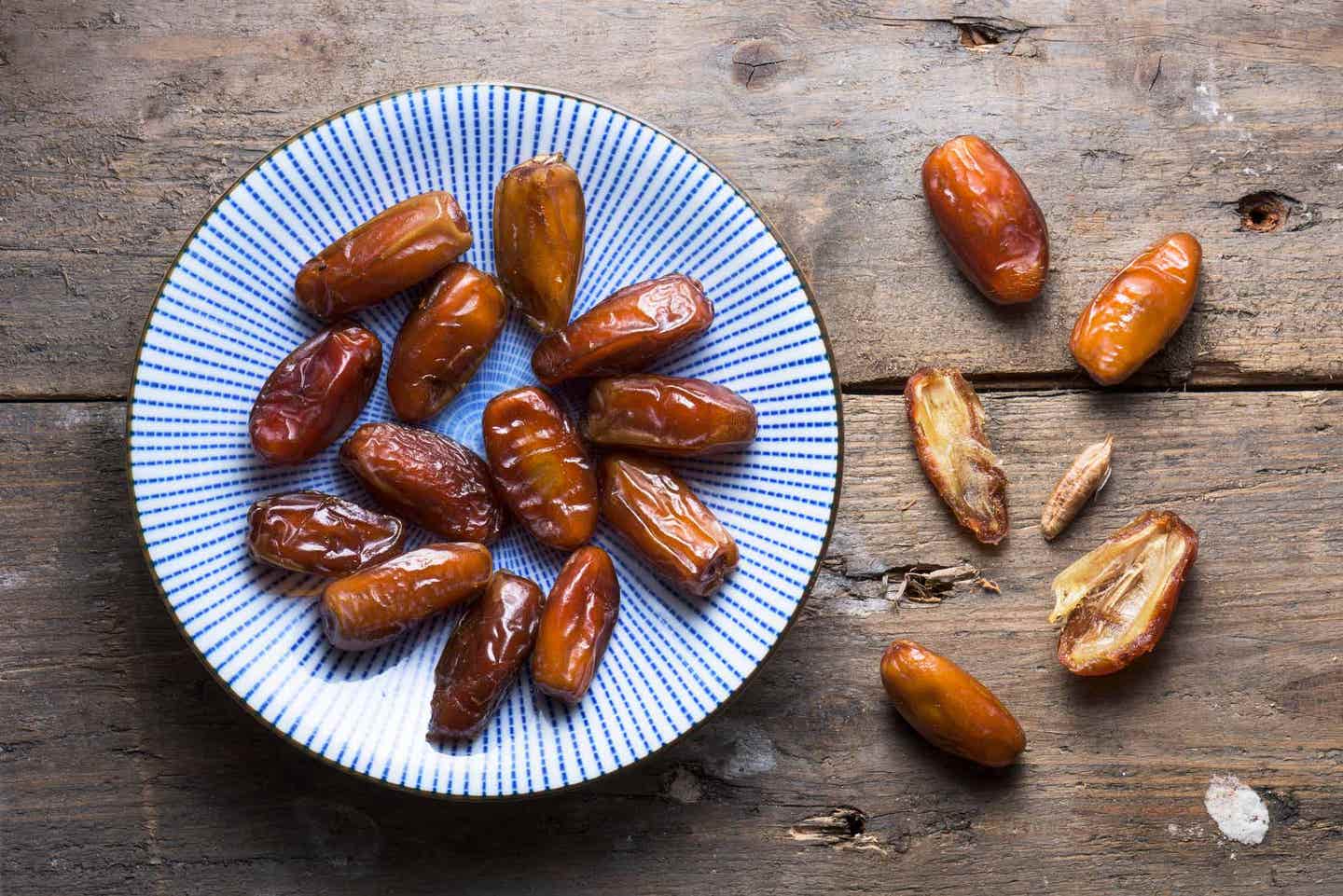Here’s everything you need to know about fennel, a bulbous vegetable with a unique flavor profile that is a favorite ingredient in Mediterranean cuisines.
What is Fennel: Spice, Herb, or Vegetable?
Is fennel a spice, herb, or vegetable? Actually, it’s all three. Fennel plants, which are native to the Mediterranean basin, have a bulbous base that can be eaten like a vegetable, feathery fronds that are used as an herb, and seeds that can be dried for a spice. In Italy, the plant's pollen is even gathered and added to dishes as a saffron-like spice.
There are two main types of fennel used in cooking. Large-bulbed Florence fennel is the variety that’s grown and sold fresh as a vegetable. Herb fennel is a perennial you can plant in a garden for fronds, pollen, and seeds. There’s also wild fennel, which has become naturalized in many parts of the world and is especially abundant in California.
What’s the Difference Between Fennel and Anise?
It’s easy to confuse fennel and anise because the flavors are similar, but they are totally different plants. In addition, the term “anise” is broadly used when talking about herbs, spices, foods, and flavor profiles. Certain herbs, such as basil and tarragon, are often described as “anise-flavored,” for example. And bulbous Florence fennel is sometimes—and incorrectly— referred to as “fresh anise.”
In the spice world, anise seed falls into the same flavor category as fennel seeds. The star anise used in Asian cuisines isn’t a seed but the fruit of an evergreen tree that’s native to China. And licorice—another spice/flavor term that is sometimes used interchangeably with anise—comes from an aromatic root.
What Does Fennel Taste Like?
“Anise-flavored” is the term used most often to describe fennel’s flavor—but that doesn’t mean it tastes like a licorice stick! In fact, fresh fennel’s anise factor is delicate and mild; many self-proclaimed licorice-haters find that they actually like it. Texture-wise, the bulb is a lot like celery: crunchy and fibrous when raw, soft and silky when cooked.
Fennel seeds, with their more pungent flavor, are often used in hearty, slow-cooked dishes, such as our Moroccan Bean Stew with Sweet Potatoes (which would taste great with some chunks of fresh fennel added to it, too).
What Parts of Fresh Fennel Can You Eat?
Fennel is the ultimate root-to-frond produce purchase. The large, white bulb can be prepared raw or cooked, used as a flavor enhancer like onions or celery, and prepared like a root vegetable. Its stems are very fibrous, but they can be finely chopped or sliced and used like celery in salads and stews. Its tender fronds make a delicious alternative to parsley, mint, or basil.
Cutting and Preparing Fresh Bulbs
First, trim away any long stems and fronds on an angle, and reserve them for another use. Use the edge of a knife to gently scrape away any browning on the outside of the bulb. Cut each bulb in half so that it sits flat on the cutting board. From there, it can be sliced lengthwise or widthwise; diced or chopped like onions and celery; shaved into thin, crescent-shaped slices for soups and salads; or quartered for hearty stews.
One way to get started cooking with fennel is to use it anywhere you would use celery. It’s a natural in soups, sauces, and stews, particularly tomato-based recipes. When chopped or sliced, it makes a great raw addition to salads. It is luscious when roasted. You can also try braising quartered bulbs for a hearty, plant-based entrée to pair with beans and grains.
How to Select and Store It
Choose bulbs that are firm and white with no cracks or browning. The bulbs should be large in proportion to the stems and fronds that are attached, especially if they are being sold by weight. (It can be pricey, so you want to get the most bulb for your money.) Store bulbs in a paper or plastic bag in the bottom of the refrigerator where they will keep for up to two weeks. (The fronds may wilt, but that’s OK.) Cut fennel should be wrapped in plastic wrap to keep it from browning. Chopped fennel can be frozen on a parchment-lined baking sheet then transferred to resealable plastic bags for future use in soups and stews.
Forks Over Knives Recipes to Try

Related News
Get Our Best Price On The Forks Meal Planner

Forks Meal Planner takes the guess work out of making nutritious meals the whole family will enjoy.
SAVE $200 ON OUR ULTIMATE COURSE

Join our best-selling course at a new lower price!



